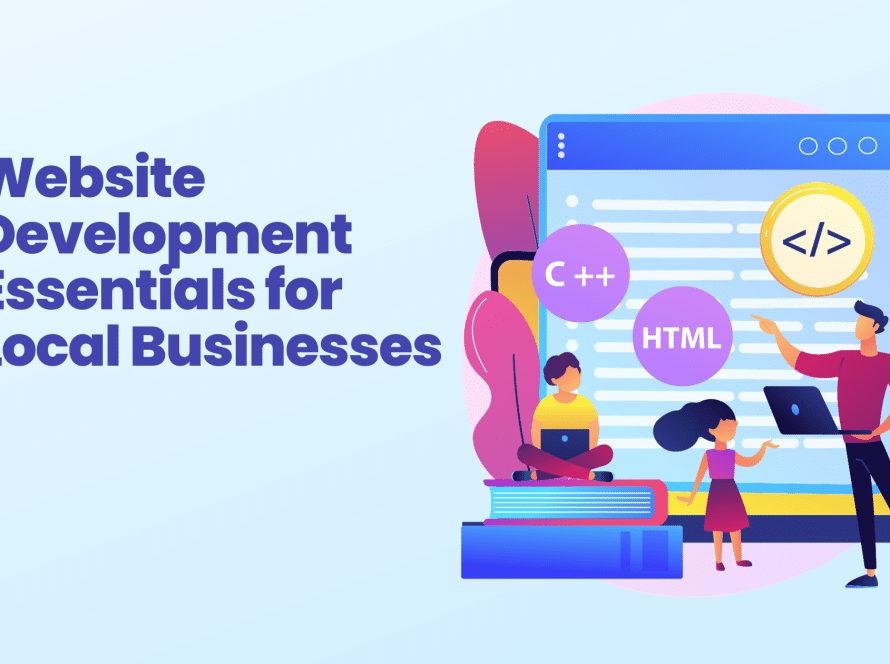In today’s digital age, where the internet serves as a gateway to information and services, it’s essential to ensure that everyone, regardless of ability, can access and use websites seamlessly. This is where the importance of accessibility in web development truly shines. In Canada, as in many other countries, there’s a growing awareness of the need for inclusive web design practices that cater to all users. Let’s delve into why accessibility matters and how it shapes the landscape of web development in Canada.
1. Understanding Web Accessibility: Web accessibility refers to the inclusive practice of ensuring that people with disabilities can perceive, understand, navigate, and interact with websites effectively. In Canada, accessibility standards are set to ensure that websites are usable by everyone, including those with visual, auditory, motor, or cognitive impairments.
2. Compliance with ADA and WCAG: In Canada, websites often need to adhere to the Accessibility for Ontarians with Disabilities Act (AODA) and other provincial accessibility regulations. Moreover, following the Web Content Accessibility Guidelines (WCAG) is crucial. These guidelines provide a framework for creating accessible web content globally, ensuring compatibility with assistive technologies.
3. Designing for Assistive Technologies: Assistive technologies such as screen readers, voice recognition software, and alternative input devices are vital tools for many users with disabilities. Web developers must design websites that are compatible with these technologies, allowing users to navigate and interact with content seamlessly.
4. Implementing Keyboard Navigation: Keyboard navigation is another key aspect of web accessibility. Many users rely on keyboard input instead of a mouse, especially those with motor disabilities. Ensuring that all interactive elements on a website are accessible via keyboard navigation is essential for providing an inclusive user experience.
5. Leveraging ARIA Roles: Accessible Rich Internet Applications (ARIA) roles help enhance the accessibility of dynamic content, such as menus, dialogs, and form controls. By implementing ARIA roles correctly, web developers can improve the usability of their websites for users of assistive technologies.
In conclusion, prioritizing accessibility in web development is not just about compliance; it’s about creating a more inclusive online experience for everyone. By embracing accessibility standards, adhering to guidelines, and incorporating inclusive design practices, web developers in Canada can play a significant role in building a web that truly serves all users.
Remember, accessibility isn’t just a legal requirement – it’s a moral imperative and a reflection of our commitment to diversity and inclusivity in the digital realm. Let’s strive to make the web a more welcoming place for all Canadians, one accessible website at a time. Learn About Key Strategies And Best Practices In Web Development To Ensure Everyone Can Access And Engage With Your Online Content.



